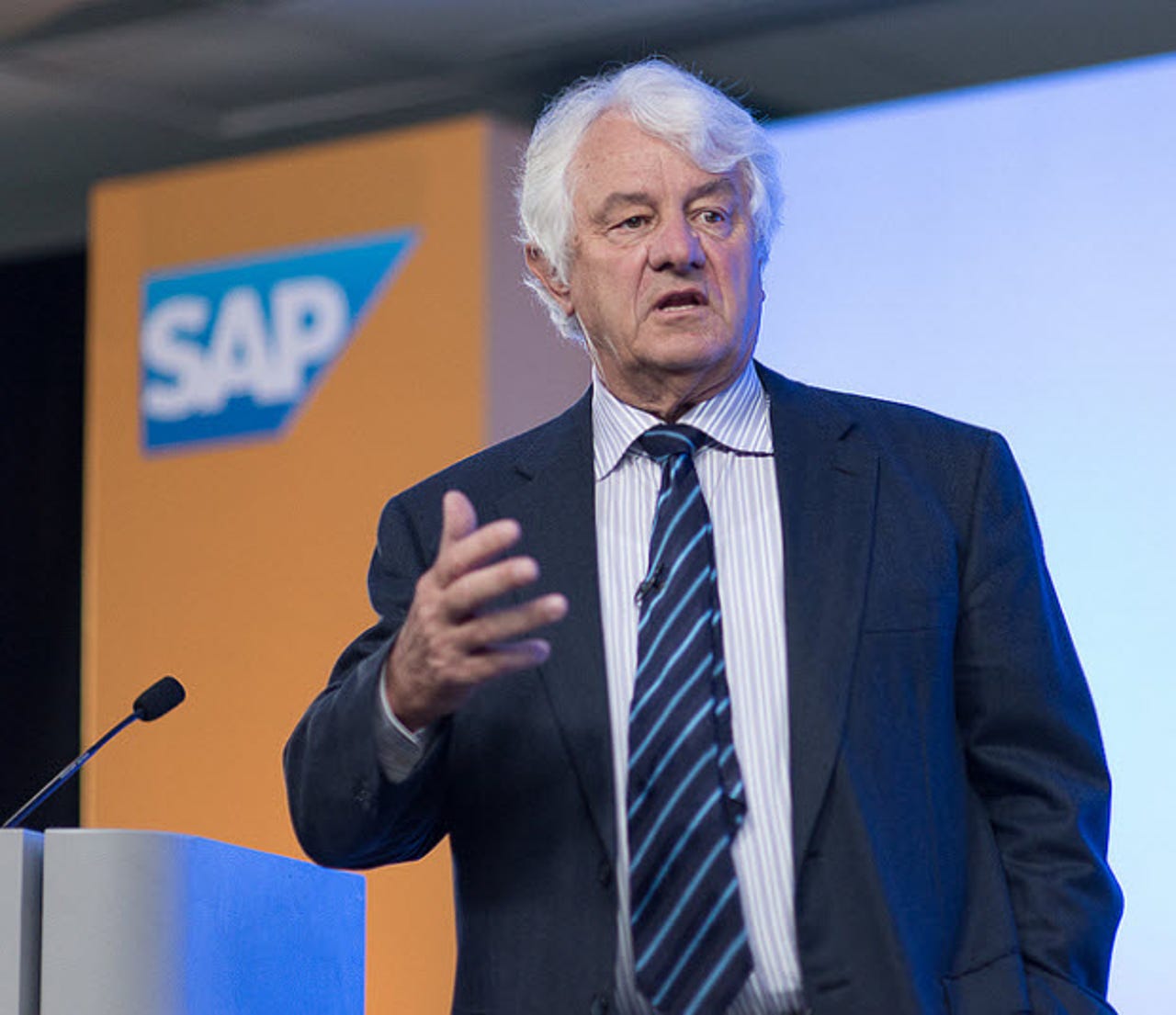SAP and HANA: 5 Points of advice for CIOs

SAP’s future is a combination of hardware and software, called HANA (high performance analytical appliance), which can process large volumes of data orders of magnitude faster than anything else the company offers.

The potential applications of HANA are numerous and include examples such as:
- Real-time adjustments of airline ticket prices based on moment-by-moment shifts in demand, seat availability, flight popularity, and other factors
- Large scale consolidation of financial data in huge companies at previously unattainable speeds
- On-demand analytics for huge data sets, making reporting unnecessary because all the data is always available to end users
These examples share a common thread – the promise of rapid data processing and analysis to help an organization increase its capability, efficiency, or both.
READ MORE POSTS FROM THE IT PROJECT FAILURES BLOG
At a global press conference that spanned locations across the United States and Europe, SAP announced plans to run all its applications on HANA. The overall package includes an in-memory database intended to help SAP displace Oracle and own more of the enterprise stack, budget, and mind share. For the near- and mid-term future, HANA will be SAP’s most strategic and visible initiative.
Yesterday, I attended the SAP press and analyst event in Palo Alto and chatted with SAP executives, customers and partners over dinner, informal conversations, and scheduled briefings. Among those I spoke with:
- Vishal Sikka, Executive Board member
- Martin Eisner, Corporate Strategy Group, Office of the CEO
- Aiaz Kazi, Senior Vice President Solution Marketing, Technology and Innovation
- Amit Sinha, Head of Database and Technology Marketing
- Srini Tanikella, Director of IT Solutions with Smart Storage Systems (customer)
- John Appleby, Global Head of SAP HANA for Bluefin Solutions (partner)
THE QUESTION OF DISRUPTION
Disruption is a tricky word in the enterprise. SAP and other vendors talk about disruption as a positive form of innovation in which an organization changes processes and business model to adapt, evolve, and improve. At the same time, few companies want to disrupt their own business operations or risk their ability to create and deliver products.
For this reason, company founder and Chairman, Hasso Plattner, emphasized that HANA-enabled applications will be completely backward compatible with their non-HANA counterparts. This compatibility is critical to helping SAP customers adopt HANA-related functionality, and associated business process changes, at their own pace.
In contrast, broad business process change is a hallmark of many ERP implementations; process improvement, in itself, is a valid reason to undertake the pain and expense of an ERP deployment. ERP deployments often include significant process changes, which can bring dramatic business benefits at the cost of complexity, risk, and temporary pain (that can linger for months or even years).
Unlike ERP, which by definition brings systemic change to an organization, a HANA deployment can either create an enterprise-wide transformation or solve a local problem, depending on what the customer decides to implement.
Given SAP’s reputation for complexity and failed ERP projects, this special attention to easing customers’ business process transitions is particularly important. In effect, customer implementations can proceed in two broad phases: install the underlying HANA technology and later make process improvements on an incremental basis as desired.
Therefore, with HANA, the potential exists for SAP to standardize on a new, more flexible approach to implementation.
CIO RECOMMENDATIONS
SAP is reconstructing itself around HANA. From the mid-1990’s to the present, the company defined itself primarily as a supplier of ERP systems and related applications. Today, SAP is positioning itself as a provider of tools that enable the enterprise to gain benefit from data in ways that were previously impossible.
If your organization is evaluating SAP HANA, heed the following advice:
- Do consider HANA if your business can benefit from rapid processing or embedded analytics on large data sets.
- Think outside the box. HANA can enable new ways to run your processes; be creative and clever.
- Work with trained consultants to evaluate where HANA can realistically benefit your specific situation. HANA may be cool but that’s not sufficient reason to buy.
- Pull together IT and business in the same room. Exploiting the power of HANA requires close cooperation between IT and business users. If your organization cannot manage this, then don’t buy enterprise technology, including HANA.
- Be clear on the risk / reward equation. Only you can determine whether potential rewards warrant the implementation risks. In general, never buy enterprise technology if you aren’t crystal clear on the tradeoffs.
The bottom line. HANA is intriguing and offers compelling use cases. Therefore, consider HANA a viable option, but keep your projects small and focused.
Disclosure: SAP paid for some of my travel expenses to the event.